Transforming healthcare with the power of 5G connectivity
Hear from industry-leading experts on the transformative potential of 5G connectivity in health and social care in this free webinar

Watch our free webinar Connectivity excellence: Unleashing high-performance strategies in health and social care now to find out how health and social care businesses overcome their connectivity challenges.
In the UK, when we think of the health and social care sector our thoughts may first turn to hospitals or other large clinical providers. In reality, however, it’s often medium-sized businesses that support these larger facilities that patients interact with most.
According to Statista, over 340,000 SMBs were operating in “human health and social work activities” in 2023, while research from bank OakNorth published the same year showed that one in six scale-ups in the country is in the health and social care sector.
Indeed, NHS England has publicly acknowledged the important role played by SMBs in health and social care, with chief commercial officer Jacqui Rock stating in February 2024 that “the [SMB] community has a more significant role than ever in supporting our health service to deliver on its priorities for patients and staff”.
“Over the next 2 years, I look forward to … making the NHS a place where [SMBs] can thrive, for the benefit of our patients,” she added.
This is a challenging sector to work in, however. Financial pressures are often even more difficult than in other sectors, while the real-world impacts on people’s lives and wellbeing are more immediately apparent than they might otherwise be.
Amongst these challenges, mobile connectivity presents great innovation potential, offering solutions and driving performance to new heights.
In Connectivity excellence: Unleashing high-performance strategies in health and social care, industry experts share real-life examples of high-performance strategies enabled by mobile connectivity, such as 5G.
What constitutes high-performance?
In 2023, Three Business surveyed over 400 medium-sized UK businesses about the drivers of and barriers to high performance. From the research, the key indicators were highlighted as: Being highly connected and collaborative, having a growth mindset, and being early adopters of technology.
To put this in context, 73% of respondents said mobile connectivity and access to mobile data is very important in supporting high-performance, while 85% said it was just as important for their business as WiFi and broadband.
Webinar panelist David O'Brien, chief operating officer at Diagnostic Healthcare, shares how advanced connectivity has enabled his organization to transform patient care.
Recent advances in their connectivity capability have allowed the company to be more flexible and extend services to more locations, even in rural areas. This means patients no longer have to come into the hospital for some of their test results.
“As imaging technology procedures have become more advanced and complex the requirement for transfer of more data and larger amounts of data has grown,” he explains, adding that connectivity “gives clinicians even more advanced information to diagnose and manage patients.”
Game-changing innovations
Both in the research from Three Business and in the webinar discussion, access to unlimited mobile data and access to 5G connectivity are described as “game changing”. Businesses with access to both can behave in a more efficient and high-performing way than those that are limited either by bandwidth or data limits.
According to panelist Snehal Bhudia, director at Three Business, limitless data and the high-speed connectivity enabled by 5G open up new opportunities in preventative healthcare as well as treatment. One example given by both Bhudia and fellow panelist Subrahmaniam Krishnan-Harihara, deputy director of research and information systems at Greater Manchester Chamber of Commerce, is the use of wearable devices for things such as diagnostics and monitoring health conditions.
Bhudia also points to more cutting-edge innovations such as remote surgery, the use of augmented and virtual reality (AR and VR) for training, and the use of AI in diagnosis, all made possible with 5G connectivity.
Addressing cost concerns
Contrary to popular belief, incorporating greater mobile connectivity doesn't have to break the bank.
“In this day and age, given the reliance on mobile and on data connectivity, unlimited data connectivity should absolutely be the norm,” she says. “There’s a perception – and for some perhaps it’s a reality – that unlimited means more expensive, but I don’t think it needs to be.”
Indeed, the cost of inaction can outweigh the cost of investment. Given its role in high-performance incorporating greater mobile connectivity into an organization may end up opening new avenues of business that wouldn’t otherwise have been possible.
Having high-performing organizations in the health and social care sector is a benefit to everyone, whether they work in the sector, are patients themselves, or a friend or family member of someone who is. With 5G from Three Business, companies can continue to pursue new ways of achieving excellent patient care and advancing how the sector operates.
To watch the whole webinar 'Connectivity excellence: Unleashing high-performance strategies in health and social care', click here.
Get the ITPro daily newsletter
Sign up today and you will receive a free copy of our Future Focus 2025 report - the leading guidance on AI, cybersecurity and other IT challenges as per 700+ senior executives
ITPro is a global business technology website providing the latest news, analysis, and business insight for IT decision-makers. Whether it's cyber security, cloud computing, IT infrastructure, or business strategy, we aim to equip leaders with the data they need to make informed IT investments.
For regular updates delivered to your inbox and social feeds, be sure to sign up to our daily newsletter and follow on us LinkedIn and Twitter.
-
 AI is helping bad bots take over the internet
AI is helping bad bots take over the internetNews Automated bot traffic has surpassed human activity for the first time in a decade, according to Imperva
By Bobby Hellard
-
 Two years on from its Series B round, Hack the Box is targeting further growth
Two years on from its Series B round, Hack the Box is targeting further growthNews Hack the Box has grown significantly in the last two years, and it shows no signs of slowing down
By Ross Kelly
-
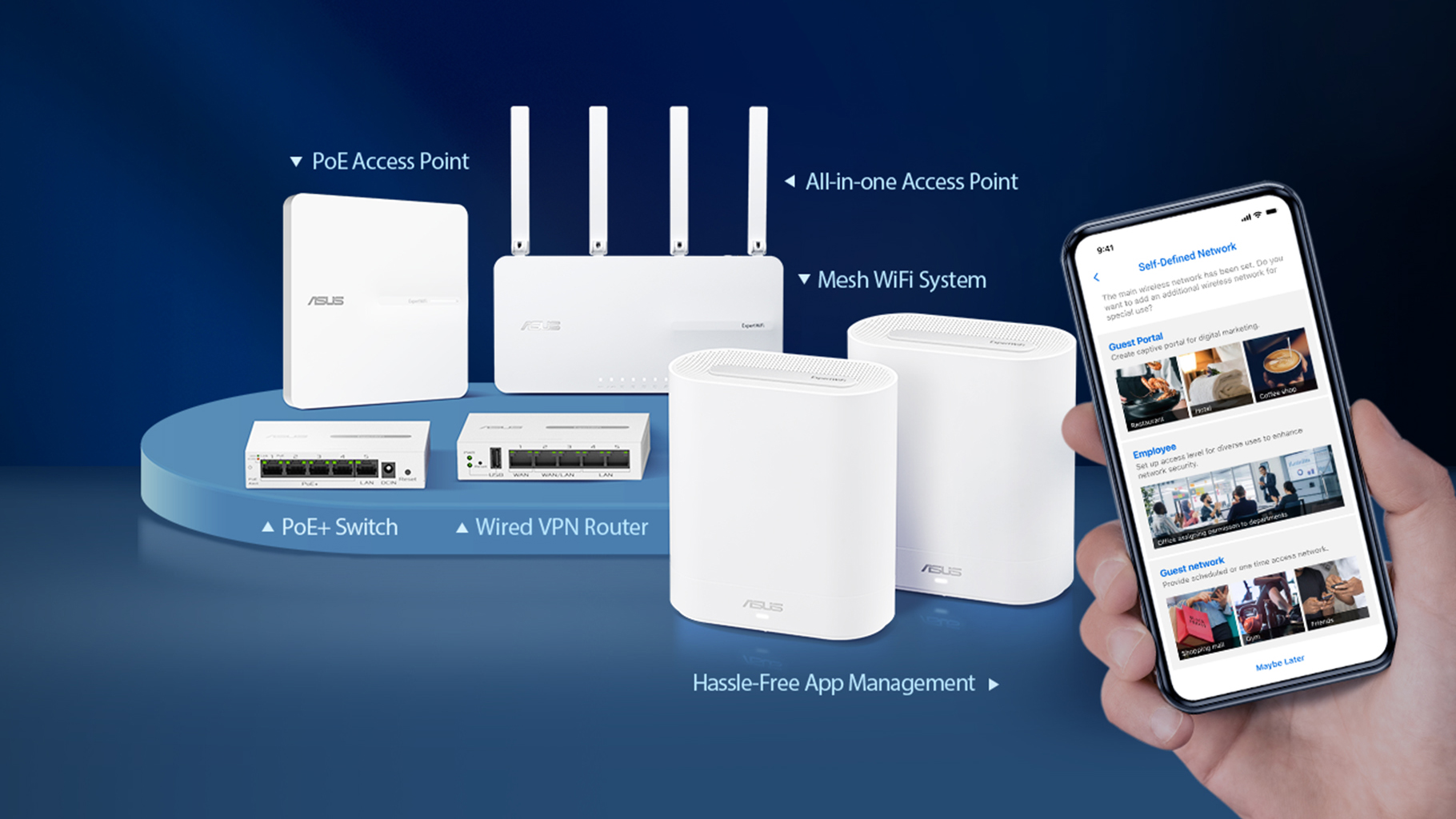 How small businesses can build an scalable network with ASUS ExpertWiFi PoE solutions
How small businesses can build an scalable network with ASUS ExpertWiFi PoE solutionsReliable, easy to use technology that helps SMBs grow
By ITPro
-
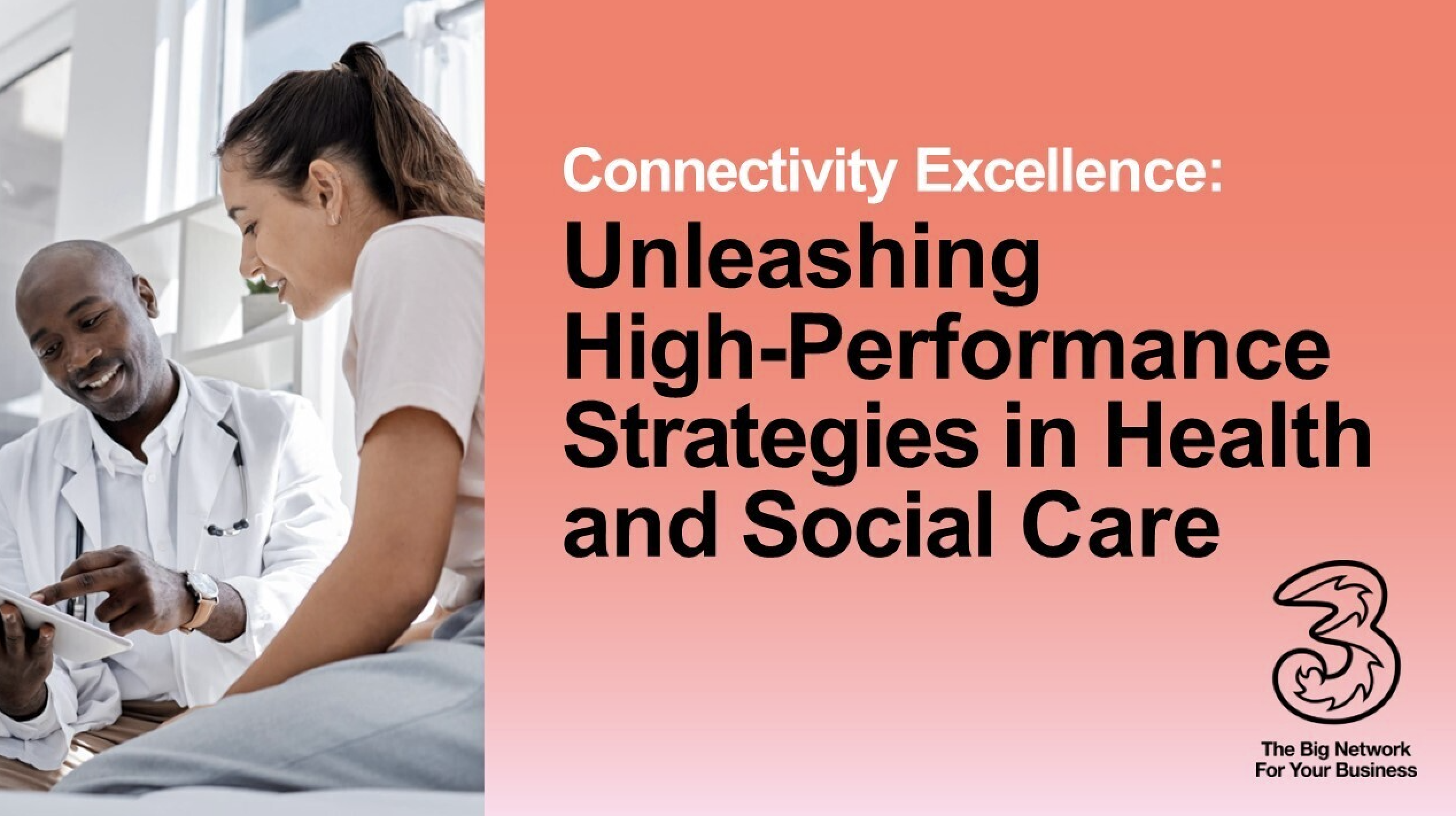 Unlock the future of healthcare with transformative connectivity
Unlock the future of healthcare with transformative connectivity5G can can help supercharge team performance in health and social care settings
By ITPro
-
 Medium businesses: Fuelling the UK’s economic engine
Medium businesses: Fuelling the UK’s economic engineWhitepaper A Connected Thinking report
By ITPro
-
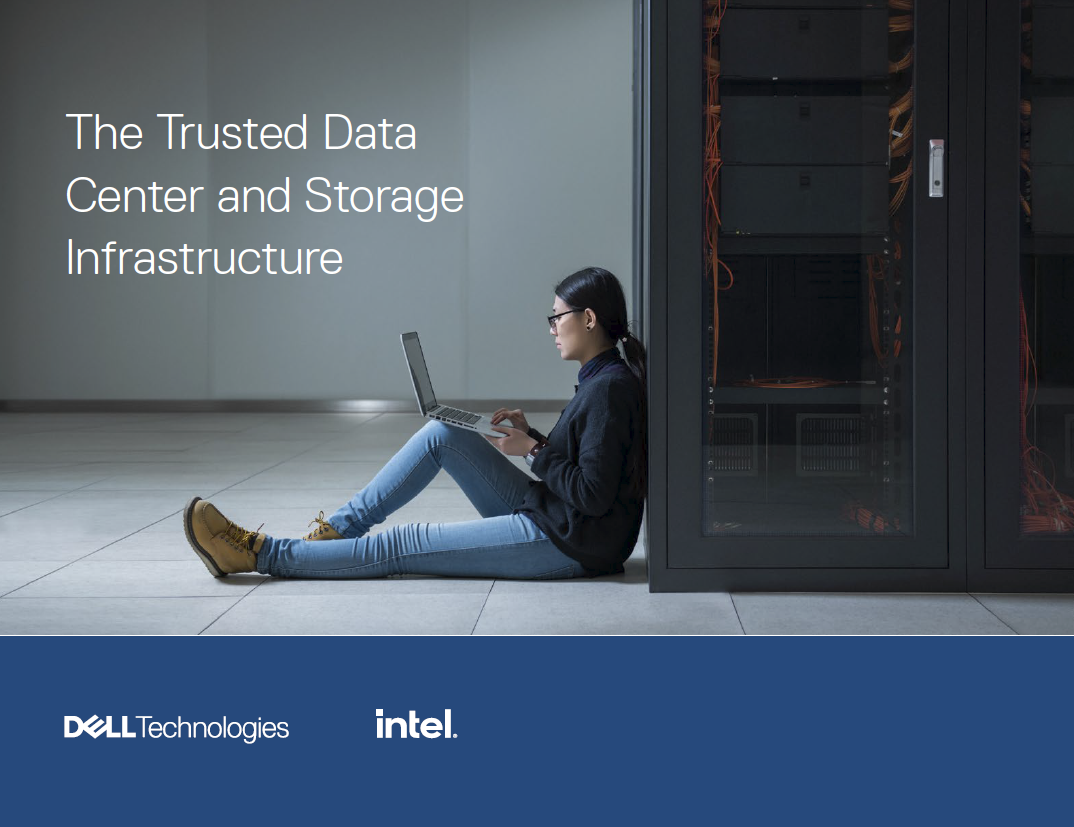 The trusted data centre and storage infrastructure
The trusted data centre and storage infrastructureWhitepaper Invest in infrastructure modernisation to drive improved outcomes
By ITPro
-
 Go ahead, dream big: The Dell EMC PowerVault ME4 platform
Go ahead, dream big: The Dell EMC PowerVault ME4 platformWhitepaper Delivering fast, affordable storage, optimised for the big plans of growing businesses
By ITPro
-
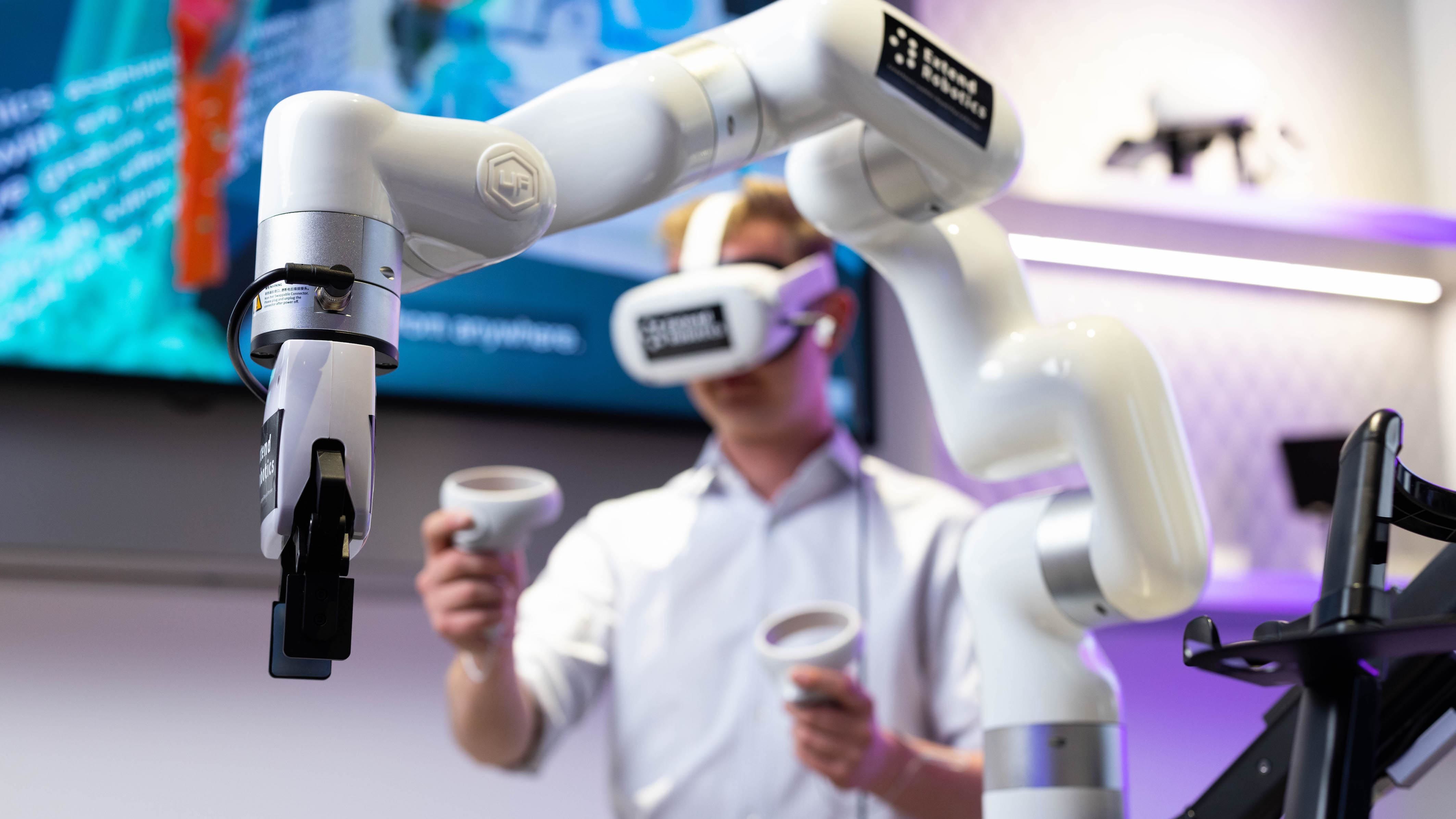 BT to invest almost £100 million in innovative 5G and edge business use cases
BT to invest almost £100 million in innovative 5G and edge business use casesNews The investment is part of the newly-unveiled Charter that aims to benefit BT’s 1.2 million business and public sector customers
By Sabina Weston
-
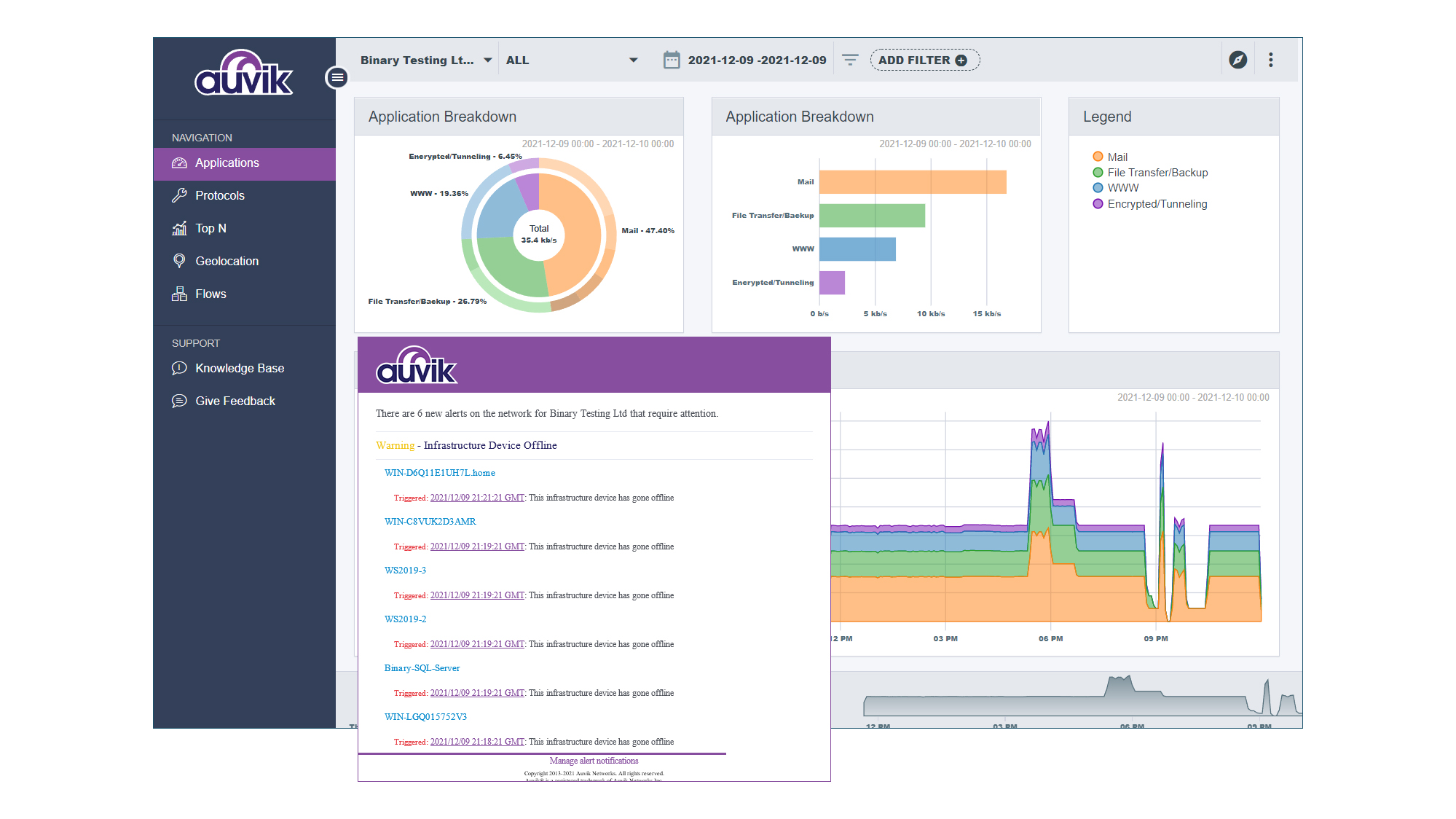
 Auvik Network Management review: A breeze to deploy
Auvik Network Management review: A breeze to deployReviews Auvik’s cloud-hosted monitoring is quick to provide a complete picture of your network
By Dave Mitchell
-
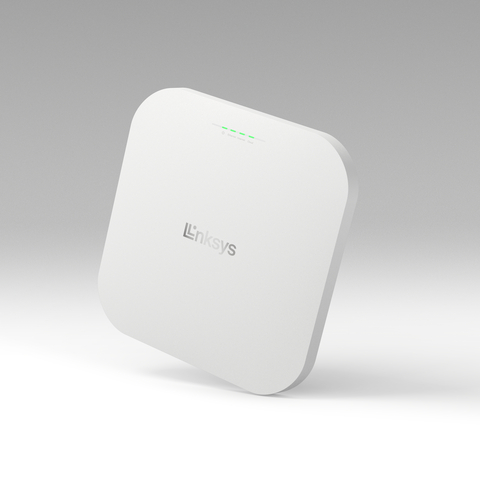 Linksys launches SMB-friendly Wi-Fi 6 Access Point
Linksys launches SMB-friendly Wi-Fi 6 Access PointNews The cloud-managed Access Point allows for data rates of up to 3600 Mbps
By Praharsha Anand
